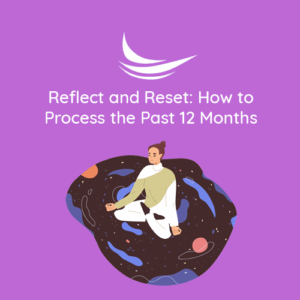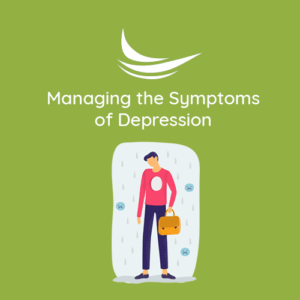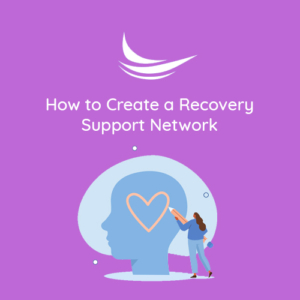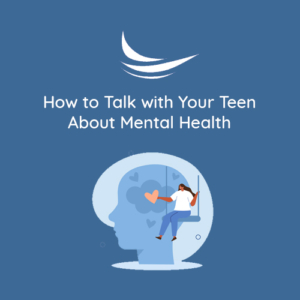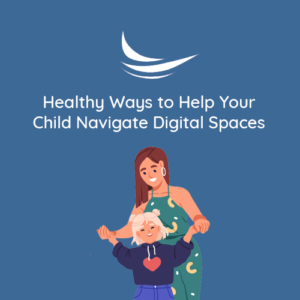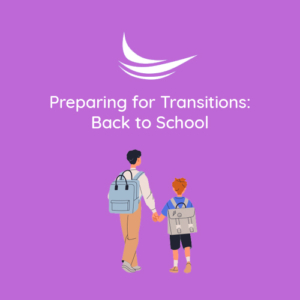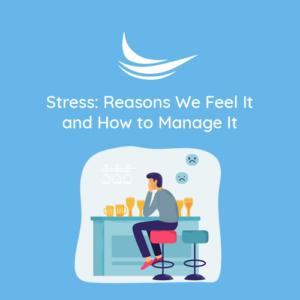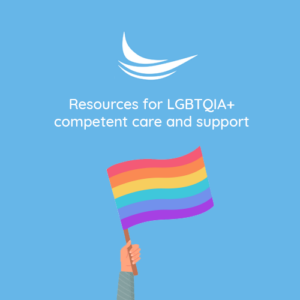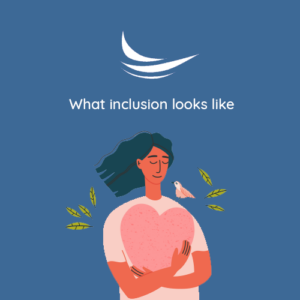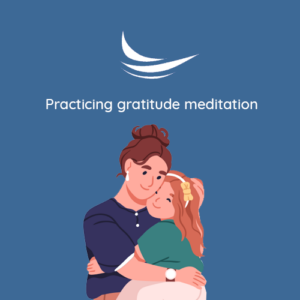Body Appreciation / Body Neutrality
 Reducing body dissatisfaction is an important topic. Oftentimes, one’s self-esteem is tied to physical appearance, with emphasis on body shape and size. Consider how much of your self-worth is directly related to your appearance. How you feel about your body is going to directly impact your thoughts and the choices you make.
Reducing body dissatisfaction is an important topic. Oftentimes, one’s self-esteem is tied to physical appearance, with emphasis on body shape and size. Consider how much of your self-worth is directly related to your appearance. How you feel about your body is going to directly impact your thoughts and the choices you make.
Efforts to increase body acceptance can help support a healthy relationship with food and reduce symptoms of disordered eating. The “ideal” images that are portrayed in the media and messaging within culture can distort thinking and behavior to unhealthy measures to achieve unrealistic ideals. Our bodies have amazing functions! When was the last time that you truly reflected on the body’s functionality and expressed gratitude? This can be very difficult to do when you don’t love or accept your body.
Prevention and treatment measures are aimed at addressing a wide variety of issues that perpetuate disordered eating including physical, emotional, and social issues. The National Eating Disorders Association names several prevention effort areas to help reduce negative risk factors and increase protective factors.
Since body image includes how you see yourself, consider your response to the following questions:
- When you look in a mirror, who and what do you see?
- When you think about your body, what is the first thing that comes to mind? Are there any memories, assumptions, or generalizations that are unhelpful or painful that you would like to process with a therapist?
- How do you feel about your body’s shape and size? On a continuum of dissatisfaction and satisfaction, where would you rate yourself? How about your ratings on a continuum of rejection vs. acceptance?
- What messages have you received regarding your body? Where did these come from? Do you recall the age at which these first began? How does culture play a role in how you feel about your body?
- What are your lived experiences that impact how you feel within your body?
If you have negative thoughts, feelings, and experiences related to your physical appearance and body image, you are not alone in this area!
Body neutrality may be a helpful approach to help find a “middle ground” between dissatisfaction and satisfaction. This approach emphasizes the body’s functions and the things that it has achieved rather than appearance alone. It is also inclusive to different body types including trans people and people with disabilities. It also encompasses changes in body size and appearance impacted by life changes including puberty, pregnancy/ childbirth, menopause, and aging.
Ideas to show body neutrality include:
- Move towards acceptance of your body.
- Engage in mindful awareness and allow yourself to be.
- Move from “negative” to neutral in self-talk.
- Utilize affirmations for body neutrality.
- Respect your body; get support for behaviors that harm your body and its physical and emotional health.
- Focus on the amazing functions of your body.
- Express gratitude for the things that you appreciate about yourself and your body.
- Remember to be kind to your body.
- Avoid negative messages that compare bodies and contribute to negative self-talk.
- Learn and practice intuitive eating.
- Focus on developing and maintaining a healthy lifestyle.
- Dress in what feels comfortable for your body and helps you feel good.
- Remember that everyone’s body is different.
- Connect with others who love and accept you (and your body).
Written By: Charlotte Johnson, MA, LPCC


